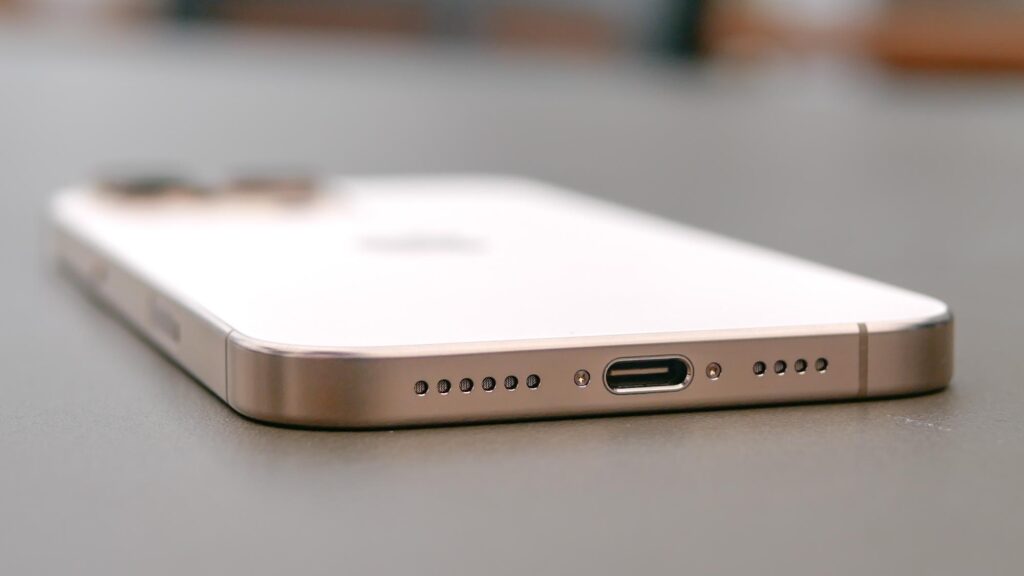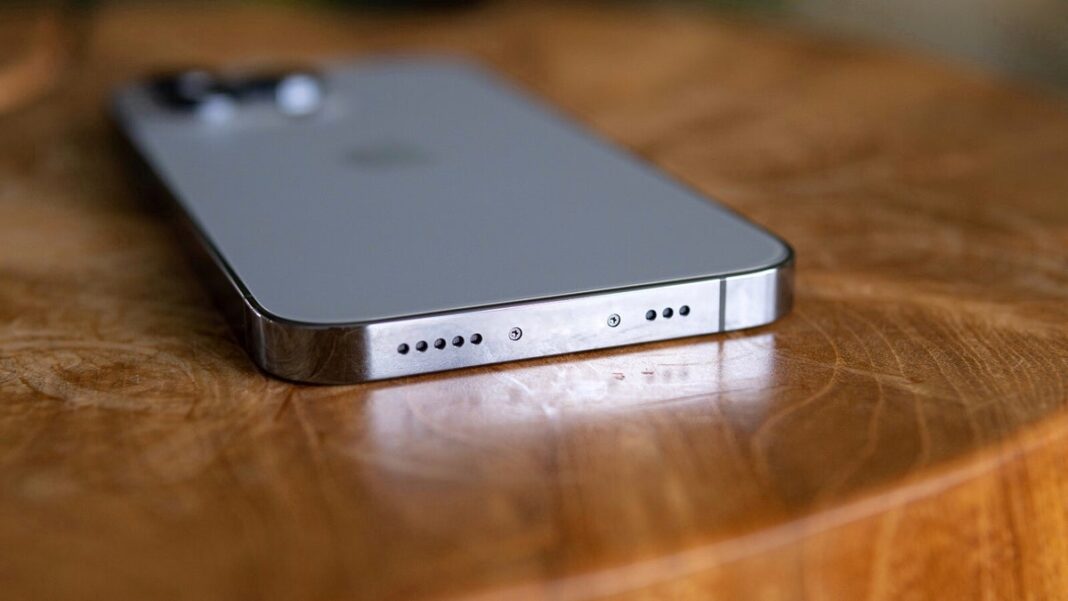In the early days of personal computing, connectors were the norm. But as technology advanced, the need for universal standards became apparent. The introduction of USB in the mid-1990s marked a significant shift, providing a single connector for data transfer and charging across various devices. This move towards standardization which continued with the adoption of USB-C, offered faster data transfer speeds and higher power delivery capabilities. Despite these advancements, the presence of physical ports remained a constant in most devices. But recent trends indicate a shift towards portless designs, driven by advancements in wireless technology and changing consumer preferences.
The Emergence of Portless Devices
The concept of portless devices is not entirely new. Apple has been at the forefront of this movement, with its MagSafe technology enabling wireless charging and data transfer. The iPhone 12, released in 2020, reintroduced MagSafe, allowing users to attach accessories and charge their devices wirelessly. This move hinted at Apple’s vision of a future without physical ports.
This year, Apple considered making the iPhone 17 Air a portless device. Leaked reports suggested that the company aimed to make the device as slim as possible by eliminating the USB-C port. However, concerns over European Union regulations led Apple to retain the USB-C port in the final design .
Regulatory Landscape and Its Impact
The European Union’s Common Charger Directive, effective from December 28, 2024, mandates that all mobile devices sold in the EU must use USB-C for wired charging. This regulation aims to reduce electronic waste and simplify the charging process for consumers . Interestingly, the directive does not require devices to have a wired charging port if they do not support wired charging. This loophole opens the possibility for manufacturers to produce portless devices legally.
An EU spokesperson confirmed that devices capable of wireless charging only are exempt from the wired charging requirement. This clarification paves the way for the development of portless devices, provided they rely solely on wireless technologies for charging and data transfer.

Consumer Adoption and Market Trends
The adoption of portless devices hinges on consumer acceptance and the availability of supporting infrastructure. Wireless charging technologies, such as Qi and MagSafe, have gained traction in recent years, with many consumers already using wireless chargers for their devices. But the transition to a fully portless ecosystem requires significant investment in infrastructure and a shift in consumer behavior. Market analysts predict that the shift towards portless devices will accelerate as wireless technologies continue to improve. The development of faster wireless charging solutions and the proliferation of wireless data transfer standards will play a crucial role in this transition. The increasing prevalence of wireless accessories and peripherals will support the adoption of portless devices.
The Future of Portless Devices
The rise of portless devices represents a significant shift in the tech industry, moving towards a more streamlined and wireless future. While challenges remain, such as ensuring compatibility with existing accessories and addressing consumer concerns about reliability and performance, the trend towards portless designs is gaining momentum.
As manufacturers continue to innovate and develop new wireless technologies, the vision of a portless future becomes increasingly attainable. Whether driven by regulatory requirements, consumer demand, or technological advancements, the death of ports may signal the dawn of a new era in device design.
The transition from ported to portless devices marks a significant milestone in the evolution of consumer electronics. While the journey towards a fully portless ecosystem presents challenges, the potential benefits in terms of design, convenience, and sustainability are compelling. As technology continues to advance, the dream of a portless future may soon become a reality.





